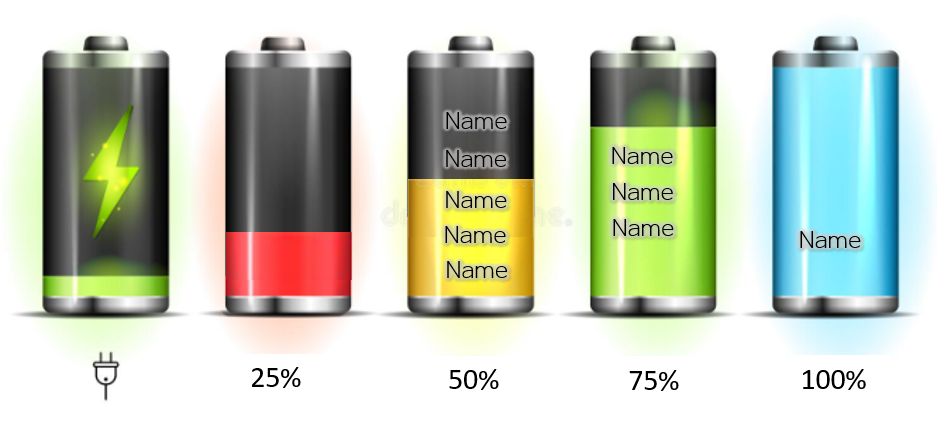
Battery Check ... How are YOU?

Battery Check ... How are YOU?


Battery Check ... How are YOU?

Die Übung macht die Wirkung des Aktiven Zuhörens bzw. des fehlenden Aktiven Zuhörens sehr eindrucksvoll deutlich.

Ice breaker and introduction to working with values

Use this method if you would like to show the participants the importance of collaboration, team strategy and team effectiveness.

Free open-source tool that allows you to simply type or scribe notes & immediately see them appear in a large flipchart image on your webcam within the meeting.
Most facilitators know the power of a flipchart to draw out, capture and recognise participant input. But flipcharts are not so easy to use in the online world.
Virtual Flipcharts plug this gap and provide an easy to use tool that will be very familiar to you and your team. It even looks like a physical flipchart.
During the conversation, you type or scribe (draw) things directly into a page on Powerpoint and they appear instantly on your virtual flipchart in your webcam window. This means that they can play a part in simple 'round-virtual-table' face to face discussion without the disruption of screen sharing.
Create as many pages as you need and move between them with a scroll of your mouse.
Furthermore, the content of the virtual flipchart pages can instantly be distributed via emails to everyone at the meeting, and/or it can be send as sticky-notes to any of the other tools and techniques you might be using (for grouping, sorting, voting, display, off-line work, syndicates etc.)
De kern van je boodschap in 1 minuut kunnen presenteren zonder ondersteuning van audiovisuele middelen.
In dit voorbeeld presenteren studenten binnen de cursus "De Handelend Mens" een voorbereidende opdracht aan elkaar. Op basis van deze pitches worden onderzoeksonderwerpen bepaald en onderzoeksgroepen gevormd.
This activity helps participants to identify some of the problems that causes ineffective meetings.

Humans live in language. It defines what we do, how we do it, and why we do it. Language is the bedrock of our cultures and societies. As with fish in water, we go about our daily business without paying much attention to the language around us and how it influences us. Information architect and author, Jorge Arango developed Semantic Environment Mapping years ago to make visible the everyday language through which we so naively swim.

Purpose: People and Teams need to reflect as part of learning and innovation. Reflection can reveal strengths and areas for improvement. During the transition from one year to the next, we tend to focus on what's coming up in the new year.
Planning ahead and creating goals is important, but let's not forget to reflect on the previous year to learn from our experiences and get focused and deliberate about the future choices we make. After the Reflection, there is a gratitude and intention-setting option.
A powerful tool to gain deep insights in the structure of the ecosystem.